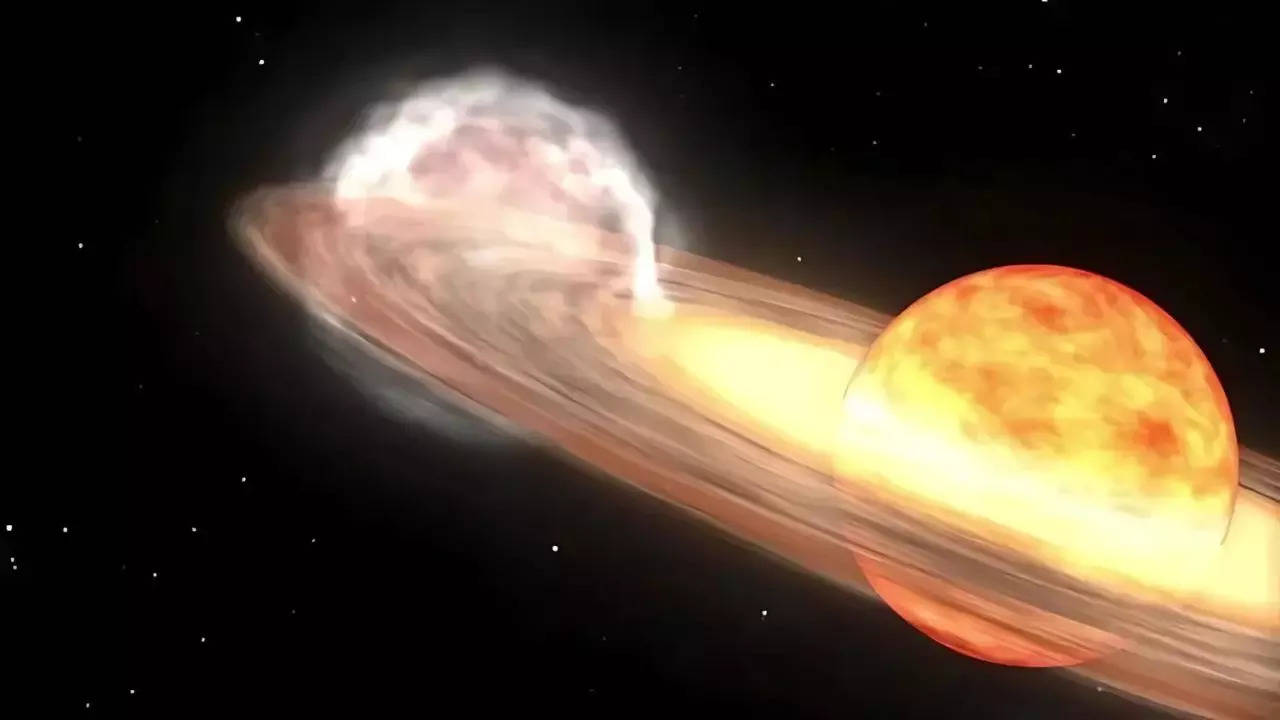
Skygazers are eagerly anticipating a rare celestial event as the Blaze Star, or T Coronae Borealis, is expected to reappear in the night sky after nearly 80 years. This recurrent nova, located 3,000 light-years away in the Northern Crown constellation, last erupted in 1946. The Blaze Star is expected to explode in a bright, visible display, shining as brightly as the North Star for only a few days before fading from view for another 80 years.
According to Dr. Rebekah Hounsell, an expert in nova events at NASA's Goddard Space Flight Center, witnessing such an event is an extraordinary opportunity. The Blaze Star's reappearance will not only inspire new astronomers but also provide a unique chance for people to observe and collect data on a cosmic phenomenon firsthand. While some recurrent novae have short cycles, it's extremely rare to see one erupt within a human lifetime, especially one relatively close to Earth.
The Blaze Star was first recorded in 1217 by Burchard from Ursberg in Germany, who described it as a faint star that temporarily shone with great brightness. To locate the star in the sky, stargazers can use the two brightest stars in the Northern Hemisphere—Arcturus and Vega—and follow a straight line that points toward the Northern Crown constellation.
Dr. Elizabeth Hays, chief of NASA's Astroparticle Physics Laboratory, emphasised the scientific significance of this event. Most novae are so distant that it's challenging to pinpoint where the energy from the explosion is concentrated. The proximity of the Blaze Star's nova will allow astronomers and observers alike to gather valuable data about its structure and processes.
Adding to the excitement of October's night sky, the Blaze Star isn’t the only celestial highlight. A "comet of the century" is also set to pass by Earth, making its first appearance in 80,000 years. Both events are eagerly anticipated, promising an unforgettable cosmic display for amateur and professional astronomers alike.

